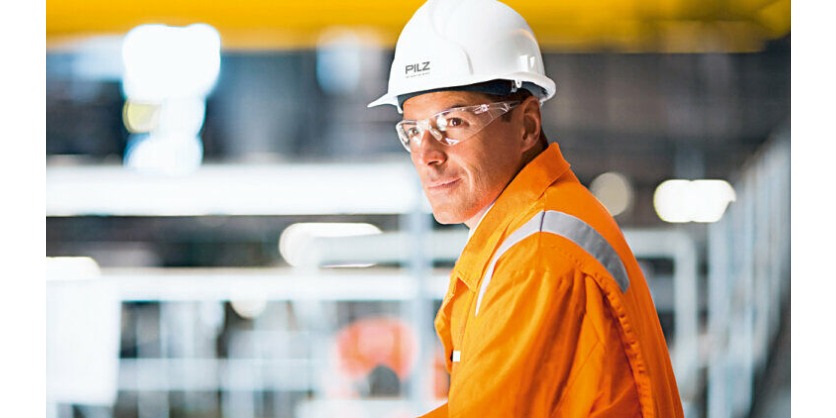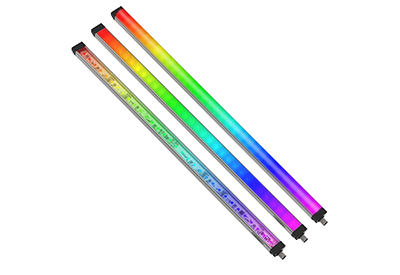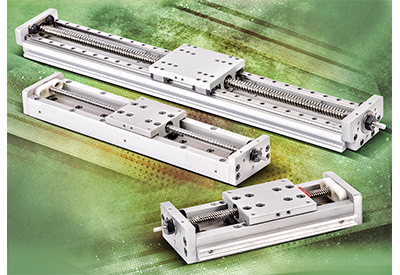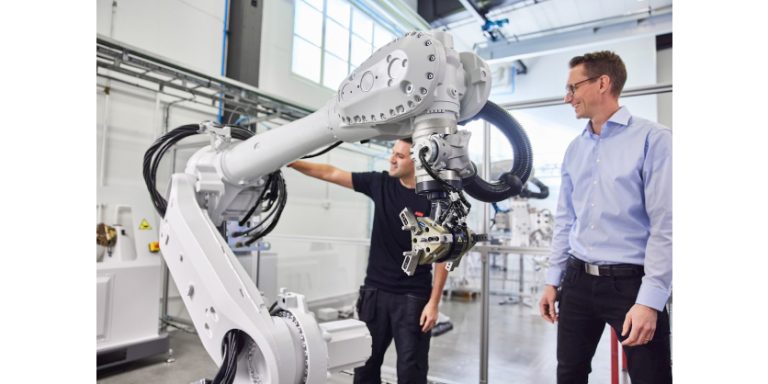International Compliance – CE Marking and Services for Machinery
August 26, 2024

CE marking in accordance with current requirements, from a one-stop shop
Pilz uses their proven expertise and comprehensive service to support you during the CE marking process. This is required for new or modified machinery being imported or put into service in the EU.
Manufacturers have been obliged to carry out a conformity assessment procedure on their machines since 1.1.1995. By affixing the CE mark the manufacturer confirms that plant or machinery meet all the necessary health and safety requirements of the Machinery Directive 2006/42/EC and the EU Machinery Regulation 2023/1230, which will come into force from 2027. All machinery imported from non-EU countries require a CE mark, irrespective of the year of construction.
Always safe and compliant with Pilz – What we can offer
Certificate of compliance with EU directives and regulations
Want to import or sell plant or machinery within the European Economic Area (EEA)? Then you will need a service partner with extensive knowledge and experience when it comes to interpreting the applicable directives and standards and actual implementation of the CE marking process.
If stand-alone machines that are already CE certified are joined together to form an assembly of machines (plant), the conformity assessment procedure, including CE marking, must be carried out for the plant as a whole. As an expert in machinery safety, Pilz will be at your side to advise, with specific services and training.
Pilz’s CE services
They will undertake the entire conformity assessment procedure on your behalf in accordance with the Machinery Directive 2006/42/EC and the EU Machinery Regulation 2023/1230. This includes the following services:

- Determination and application of the relevant standards and directives
- Risk assessment
- Creation of a safety concept and/or safety design
- Evaluation of compliance with the essential health and safety requirements
- Carrying out the required checks, tests and measurements
- Compilation of the documents required by law for inclusion in the technical file
- Optional: Assume the role of authorized representative to carry out CE marking.
Your benefits at a glance
- Their structured CE marking process saves you time and money.
- Pilz supports you with the interpretation and application of standards and directives.
- If required, they will undertake the conformity assessment procedure and, with their signature, confirm that the applicable regulations have been met.
- For manufacturers based outside Europe, Pilz can act as a representative in the European market for CE marking purposes.
Pilz’s training courses – Because knowledge protects!
Training from Pilz
Pilz offers a comprehensive range of training on specialist knowledge fro normative and legal requirements in machinery safety – from functional safety to Industrial Security and product applications. From introductory level to expert certification, all around the world y ou can benefit from Pilz’s knowledge – both online and in person. Make your business safer!
Learn more about Pilz’s range of training courses.
Specifically on the subject of CE marking: “Basis of CE Marking”
Learn the fundamental steps and technical requirements to CE marking of machinery, using a 6-stage process.
Need even more knowledge?
Deepen your knowledge with Pilz’s CECE training – Certified Expert in CE Marking: Using a 3D model, follow the 6-stage CE marking process to gain a personal qualification for CE marking of machinery, certified by TUV NORD.
Become a certified expert now!
Related Story
Pilz Continues its 2023 Success Story
Looking back, 2023 was a year of two parts. The first part of the year was marked by the struggle for parts and heavy demand for our products, meaning we had three-shift production until the summer. Despite the component shortage we were able to supply our customers, and strengthened our customer relationships through transparent, close communication. From the 2nd quarter, there was a definite slowdown in incoming orders. This was due to falling demand and the generally worsening economic environment in engineering.





